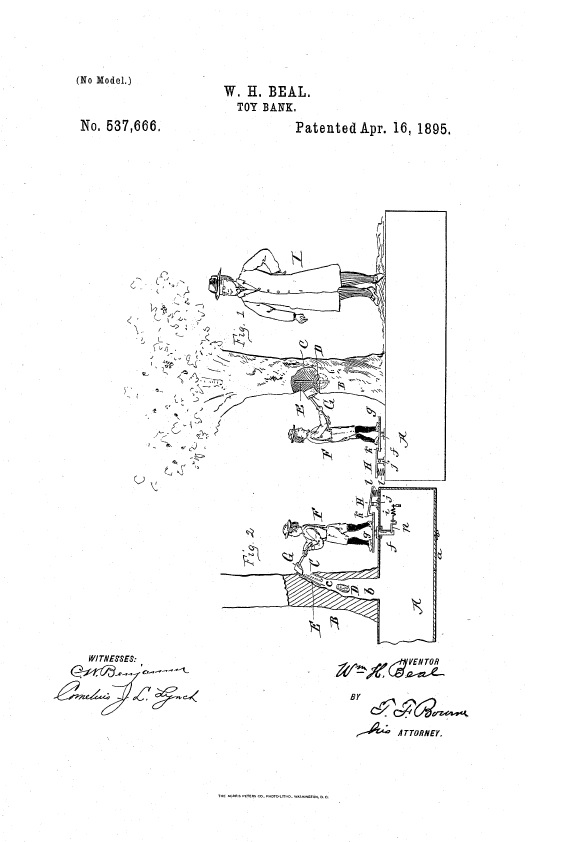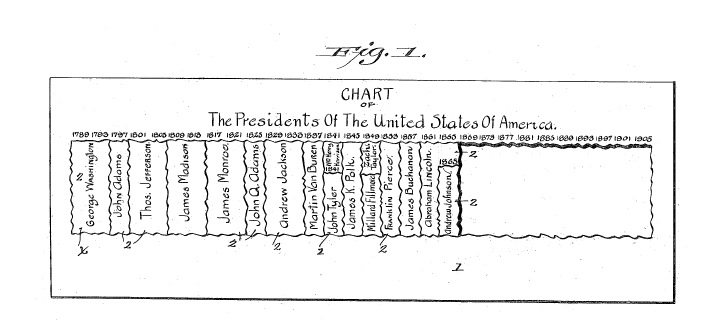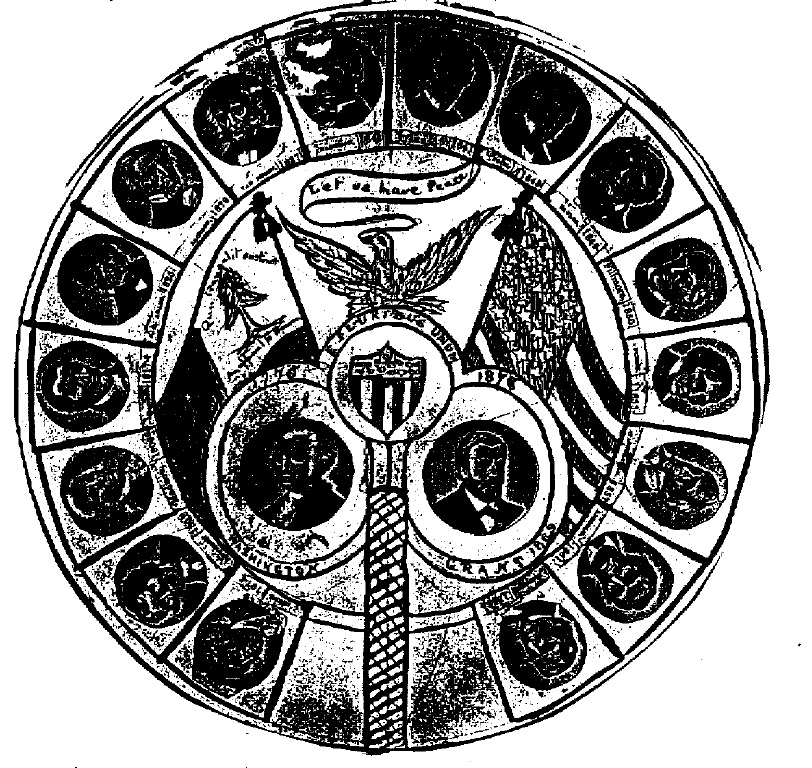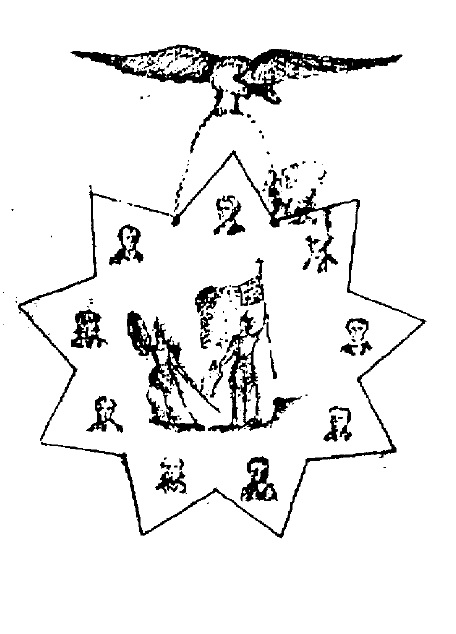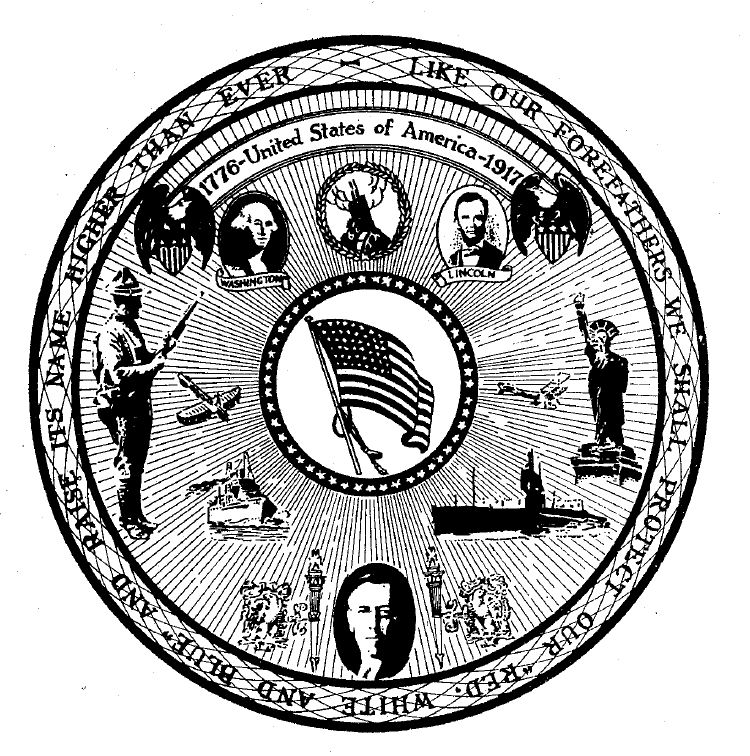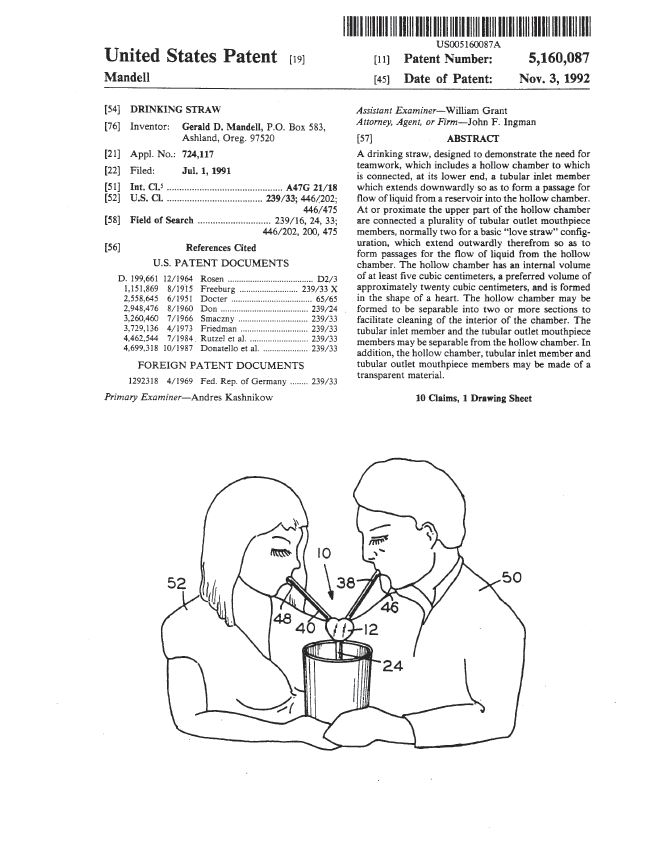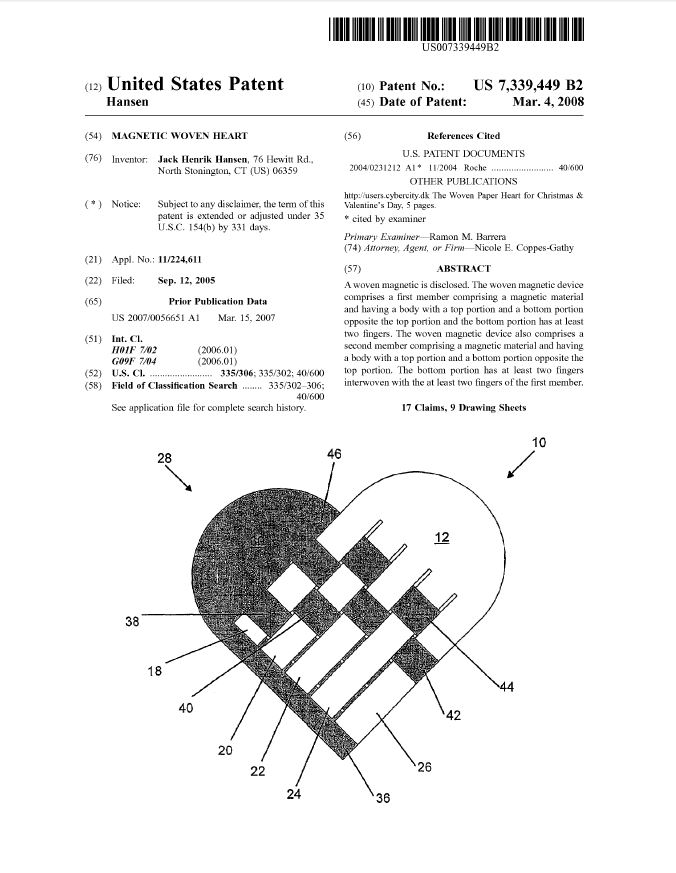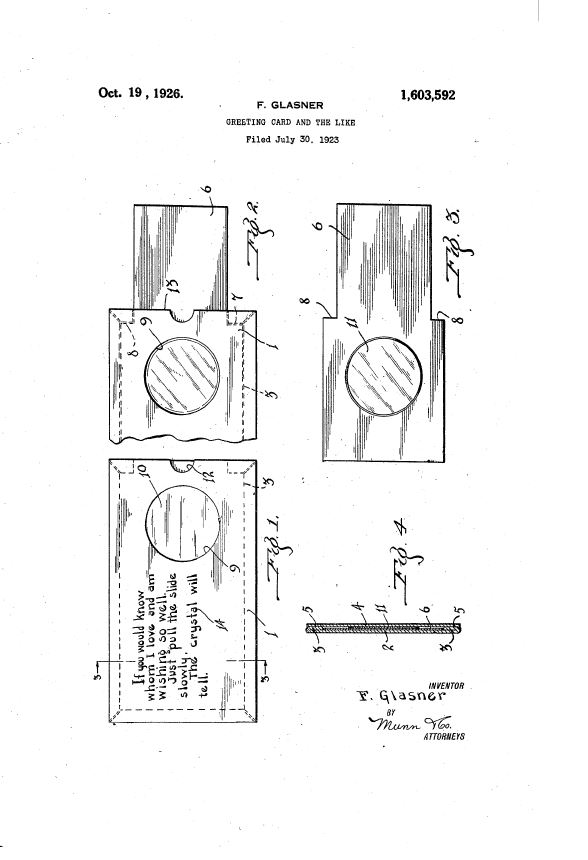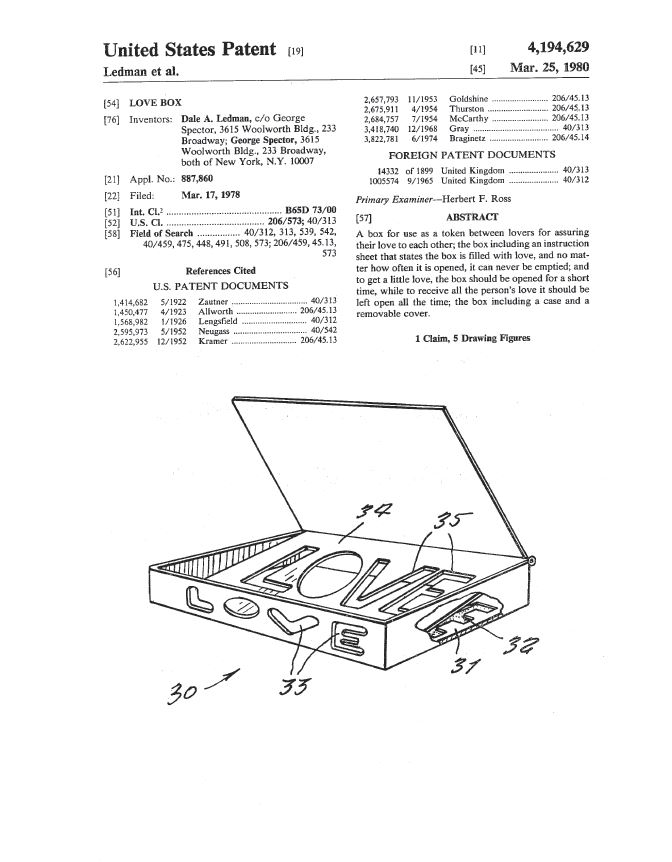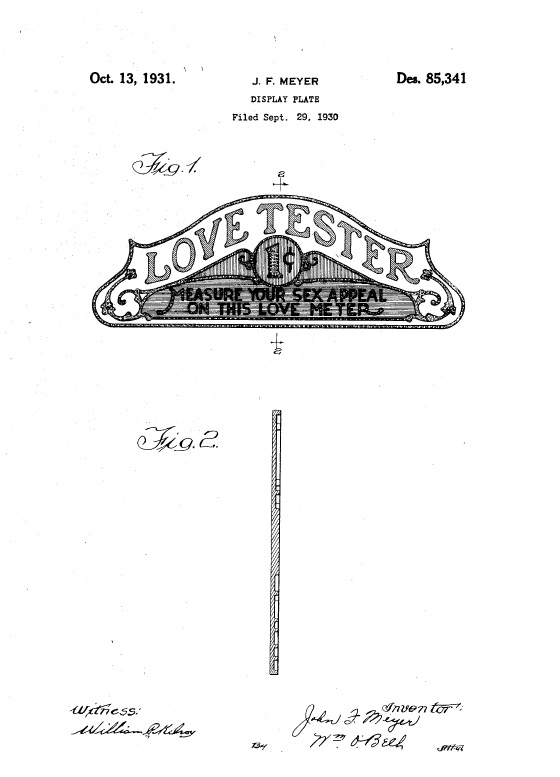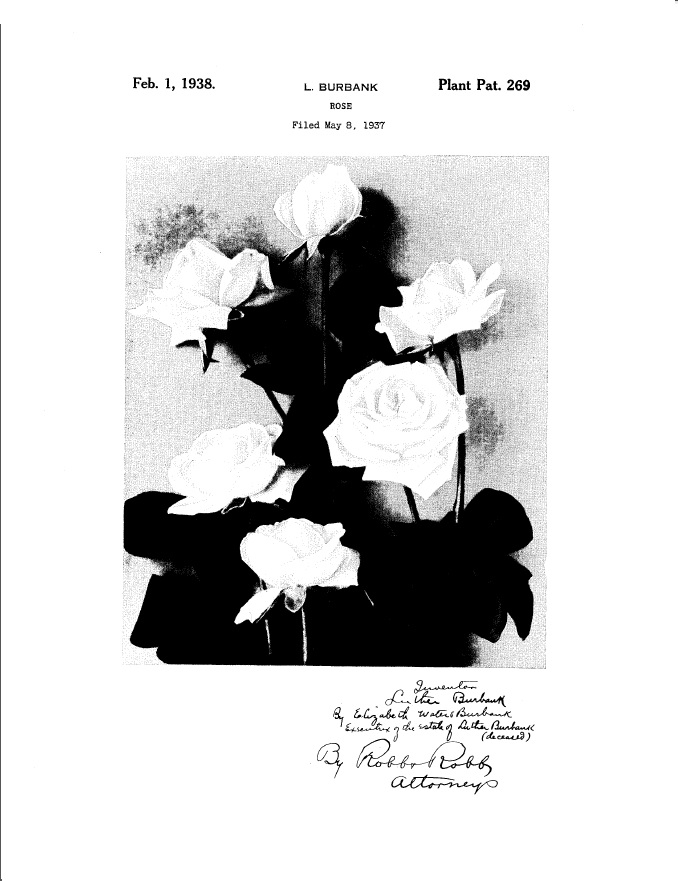In University of Florida Research Foundation, Inc., v. General Electric Company, [2018-1284] (February 26, 2019), the Federal Circuit affirmed the determination that the claims of U.S. Patent No. 7,062,251 are directed to ineligible subject matter under 35 U.S.C. § 101.
At the outset, the Federal Circuit determined that the University of Florida Research Foundation waived its sovereign immunity claims by suing General Electric in the first place.
The ’251 patent describes a method and system for integrating physiologic data from at least one bedside machine. At Alice step one, the district court determined the claims are directed to the abstract idea of “collecting, analyzing, manipulating, and displaying data.” At Alice step two, the district court found that the claims did not recite an inventive concept.
The Federal Circuit agreed that the claims were ineligible, noting the ’251 patent seeks to automate “pen and paper methodologies” to conserve human resources and minimize errors. The Federal Circuit said that it was a quintessential “do it on a computer” patent: it acknowledges that data from bedside machines was previously collected, analyzed, manipulated, and displayed manually, and it simply proposes doing so with a computer. We have held such claims are directed to abstract ideas.
The Federal Circuit noted that the fact that the automation can “result in life altering consequences,” is laudable, but it does not render it any less abstract. The Federal Circuit noted that neither the ’251 patent, nor its claims, explains how the drivers do the conversion that UFRF points to. The drivers are described in purely functional terms: they “facilitate data exchanges,” “convert received data streams to a format independent of any particular bedside machine,” “translate the data stream,” “interpret data streams,” “facilitate communications with the bedside machine,” and “interpret [discrete] segments” in a “data stream for the machine.” The Federal Circuit said that the ’251 patent “fails to provide any technical details for the tangible components, . . . instead predominately describ[ing] the system and methods in purely functional terms.” The Federal Circuit concluded that at Alice step one that representative claim 1 is directed to the abstract idea of “collecting, analyzing, manipulating, and displaying data,” and observing the claims fare no better at Alice step two.

